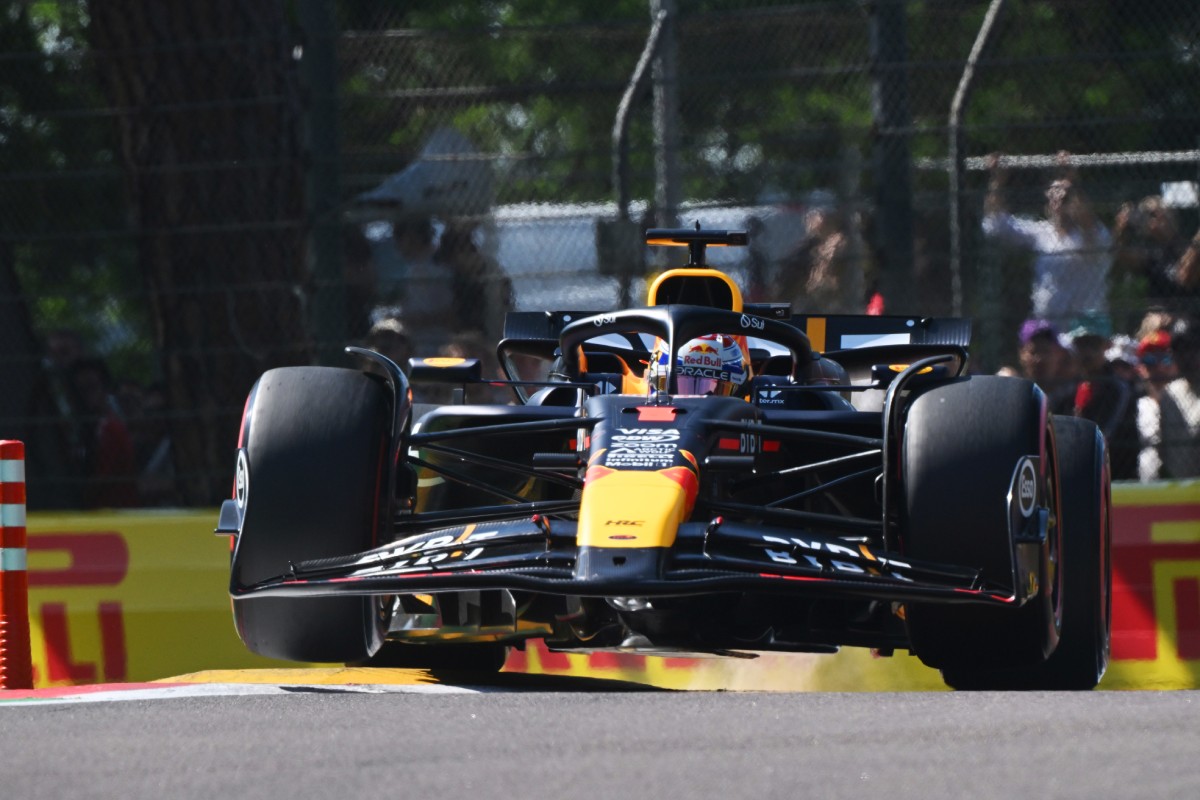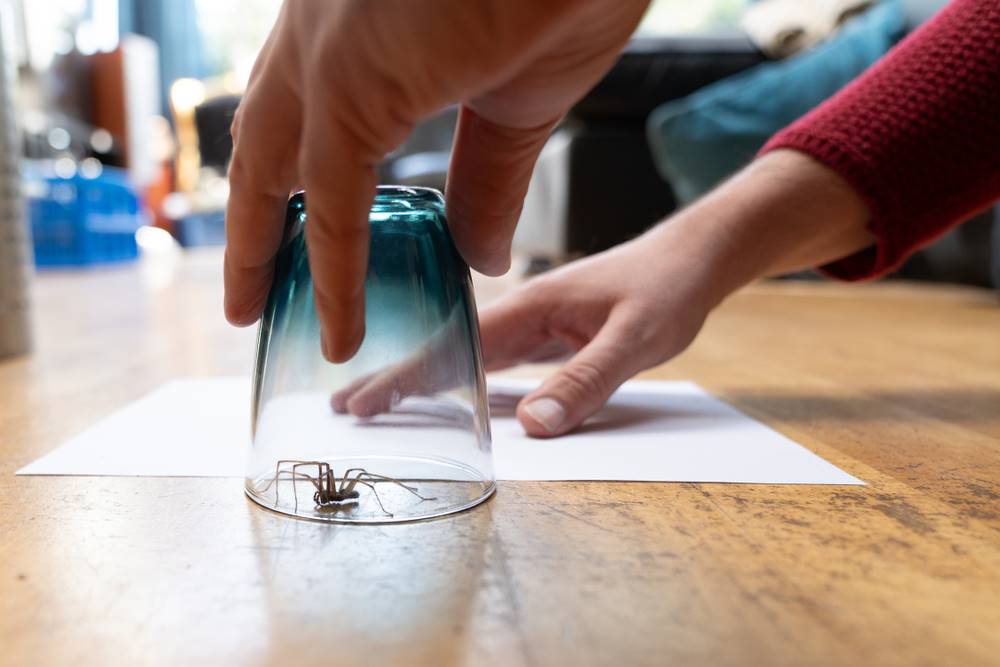#production #interrupted #war #Moscows #opposition #Finally #Poles #car #people #Automotive
Initially, it was sold in coupons PRL a good that is both luxurious and desired. Its black market price was almost twice the official price. When the car started appearing on Polish roads, it was affectionately called “the little one”. At the end of production in 1997, it was already the official name of the car. Despite complaints about poor quality, the “little car” sold in vouchers and prepayments for several years made Poles’ dreams of having their own four wheels come true.
Already outdated when the contract was signed
The license agreement for the Fiat 126 was signed in 1971, and the Small Capacity Car Factory, including plants in Bielsko-Biała and Tychy, was adapted for production. The contract with Fiat was the team’s “golden shot”. Edward Gierek, did not consume foreign exchange, which was valuable in the Polish People’s Republic, and license fees were repaid by the production of engines and gearboxes. In the summer of 1970, Tadeusz Wrzaszczyk, director of the Automotive Industry Association “Polmo”, thanks to his private contacts with Giovanni Agnelli, the head of Fiat, at a discreet meeting in Turin, obtained a promise of a license for a “people’s car” in exchange for parts manufactured in Poland.
The government team did not have such comfort in 1965, when they negotiated a license for a car with the working symbol 1315 p. It was supposed to be a Fiat 1300/1500, which had been produced in Italy since 1961. At the time of signing the contract, its design was already outdated. This production ended when, on April 22, 1967, it was replaced by the Fiat 125 on the production line of the Fiat plant in Turin. Ultimately, a slightly different model was put into production in Poland – one of the prototype versions of the Fiat 125. The car had the body of the new model, but the drive system, engine and the interior from the older Fiat 1300/1500 model.
This procedure enabled the subsequent export of the cars, as the licensed car had no equivalent among those produced in Turin. Investments in the Passenger Car Factory in Żerań, which had to be adapted to relatively modern production, amounted to approximately PLN 2.76 billion and almost USD 32.5 million.
Fiat 125p
Fot.: Bogdan Lopiensk / PAP
The first Polish Fiat 125, assembled from Italian parts, rolled off the production line of the Warsaw Passenger Car Factory on November 22, 1967. The “Polski Fiat” brand of licensed cars emphasized the continuity of cooperation with the FIAT concern (Fabbrica Italiana Automobili Torino). A reference to this tradition was also made by one of the signatories of the agreement – Armando Fiorelli, director of the Fiat Auto automotive division. Before World War II, Engineer Fiorelli was Fiat’s representative in Poland and an advisor on the cooperation of the Italian company with Polskie Zakłady Inżynieryjnych (PZInż). And cooperation with Fiat began already in the initial years of independence. The first attempt to build a factory in 1921 failed for financial reasons. But in 1932, representatives of Fiat and the Ministry of Military Affairs signed an agreement.
Export version
Of several offers Fiat was chosen because it offered better financial conditions than Škoda or Citroën. The production of cars was undertaken by the National Car Factory in Warsaw’s Praga district, which is part of PZInż. Trucks under the “Polski Fiat” brand, type 621, and passenger cars, type 508, were produced there. Over time, more vehicles were put into production: the L 618 truck and the 518 passenger car.
Cooperation with Fiat was interrupted by World War II. In a ruined country in the 1940s, car production under license from Fiat was to be resumed. For this purpose, the Warsaw Passenger Car Factory was built, but under pressure from Moscow, the authorities bought a license for the already obsolete Pobeda, which was produced in Poland under the name Warszawa. Only the resumption of cooperation with Fiat 26 years after the outbreak of the war allowed a return to the concept from the 1940s.
From the moment the first Polish Fiat 125p left Żerań and more and more copies of this model appeared on Polish roads, owning a car became a sign of prestige. In the first years of production, mechanical components were manufactured in Italy. Initially, cars with an engine capacity of 1,300 cm3 were produced. and power 60 HP. On May 20, 1968, the 1,000th car left the factory walls in Żerań.
In 1969, the production of a model with a 75-horsepower engine with a capacity of 1,500 cm3 began. As the production of new cars accelerated, FSO began exporting, initially to the then socialist countries: Czechoslovakia, the GDR and Hungary, then to Western Europe – to the Federal Republic of Germany, France, Finland and others. Over time, Polish Fiats were sold to Middle Eastern countries, and even to Thailand, Indonesia and Colombia.
Initially, the price of the Polish Fiat 125p was PLN 94,000. zloty. However, this was a theoretical price. Cars could only be purchased with vouchers (commonly called vouchers). They were distributed by the authorities (in practice, individual ministries). Meritorious activists could receive the award. At the car exchange, the price was well over PLN 100,000. zlotys. The car could also be purchased under the so-called internal exports. You paid in foreign currency or PeKaO vouchers in PeKaO stores (from 1972, Pewex). Cars were collected at Motozbyt – (since 1974 at Polmozbyt). For example, a 1974 model with a 1500 cc engine. it cost $1,740. One voucher – worth one dollar – cost approximately PLN 100 (vouchers could be obtained from moneychangers), i.e. a car could be bought for PLN 174,000. zloty.
136 km/h
The Polish Fiat 125p was a showcase of the ambitions of the Polish People’s Republic industry in the 1970s. The authorities spared no expense to show off the car. Vehicles from FSO appeared at international car rallies. In 1971, five FSO crews riding in Polish Fiats set out to win laurels in the Monte Carlo Rally. None of them reached the finish line. But a year later, Robert Mucha and Lech Jaworowicz reached the finish line of an extremely difficult rally and took 24th place in the general classification and first place in their class.
The first babies Photo: CAF/Archive / PAP
The show served to promote the Polish car abroad – breaking the speed record in long-distance driving. Idea thrown by Sobiesław Principle, a successful rally driver, the authorities liked him. On June 15, 1973, the event started on a concrete highway near Wrocław. In addition to Principle itself, seven of the most successful Polish rally drivers took part, taking turns at the wheel every few hours. Despite technical problems over the distance of 25,000 km, an average speed of 136.08 km/h was achieved.
After this success, a decision was made to continue chasing the record over a distance of 25,000. miles (approx. 41 thousand km) and 50 thousand km. On June 30, after the car had traveled 50,000 km Andrzej Jaroszewicz (son of the then Prime Minister) triumphantly completed the test. Crowds of onlookers gathered around the route cheered. Champagne corks were popping. There was also an honorary round. If it weren’t for the fact that the license period purchased from the International Automobile Federation (FIA) had just expired, the Polish Fiat would have set another record for 100,000 kilometers. km.
Further versions of cars from Żerań were created, mainly for export. But technically the car was getting old quickly, which soon resulted in a slowdown in exports, and Poles’ imagination was captured by the more accessible “baby”. The big Fiat lasted until 1991, when the last one rolled off the assembly line on June 29. It had factory number 1 445 699.










